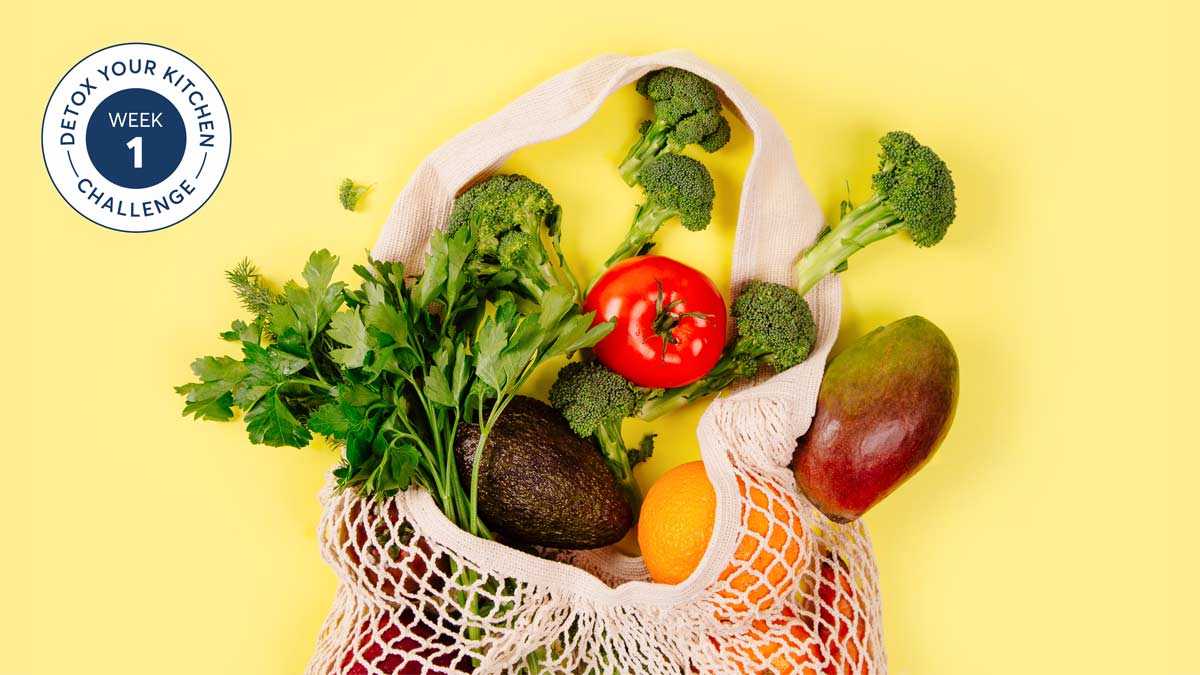Be choosy. The best way to avoid pesticides is to buy organic food, or food you know has been produced or processed without them. If that’s not fully in the budget then check out CR’s easy-to-use findings on which fruits and vegetables present the most risk and strategically spend on organic versions of these. Among high-risk conventional produce on CR’s list are blueberries, watermelon, potatoes, green beans, kale, mustard greens, and bell and hot peppers. On the flip side, conventional carrots, sweet potatoes, oranges, and bananas generally show among the lowest risk. If you just don’t have the extra funds, swap out high-risk produce, like green beans, for low-risk items, like snap peas; cantaloupe instead of watermelon; bananas instead of peaches; or sweet potatoes for regular potatoes.
Check for the seal. While looking at labels, you’ll notice some have the U.S. Department of Agriculture organic seal. This indicates the food meets a legal definition of “organic” backed by pages of government standards. It means most synthetic fertilizers and pesticides are not used, though a very limited number of low-risk man-made substances, like pheromones, or natural pesticides, like neem oil, are permitted. The USDA doesn’t allow companies to use the organic label unless their products have been certified. In contrast, consumers may also see labels like “natural” and “pesticide-free”—those labels are not regulated with consistent definitions, so you might want to do more research on the company to learn about its products.
Get to know your grower. When shopping at a farmers market, I ask folks selling produce if they follow organic practices. I also do a little research on companies from whom I regularly buy the same products that are used daily, like coffee or soy milk, because daily exposure to the same chemicals can present a high risk.
Source link
